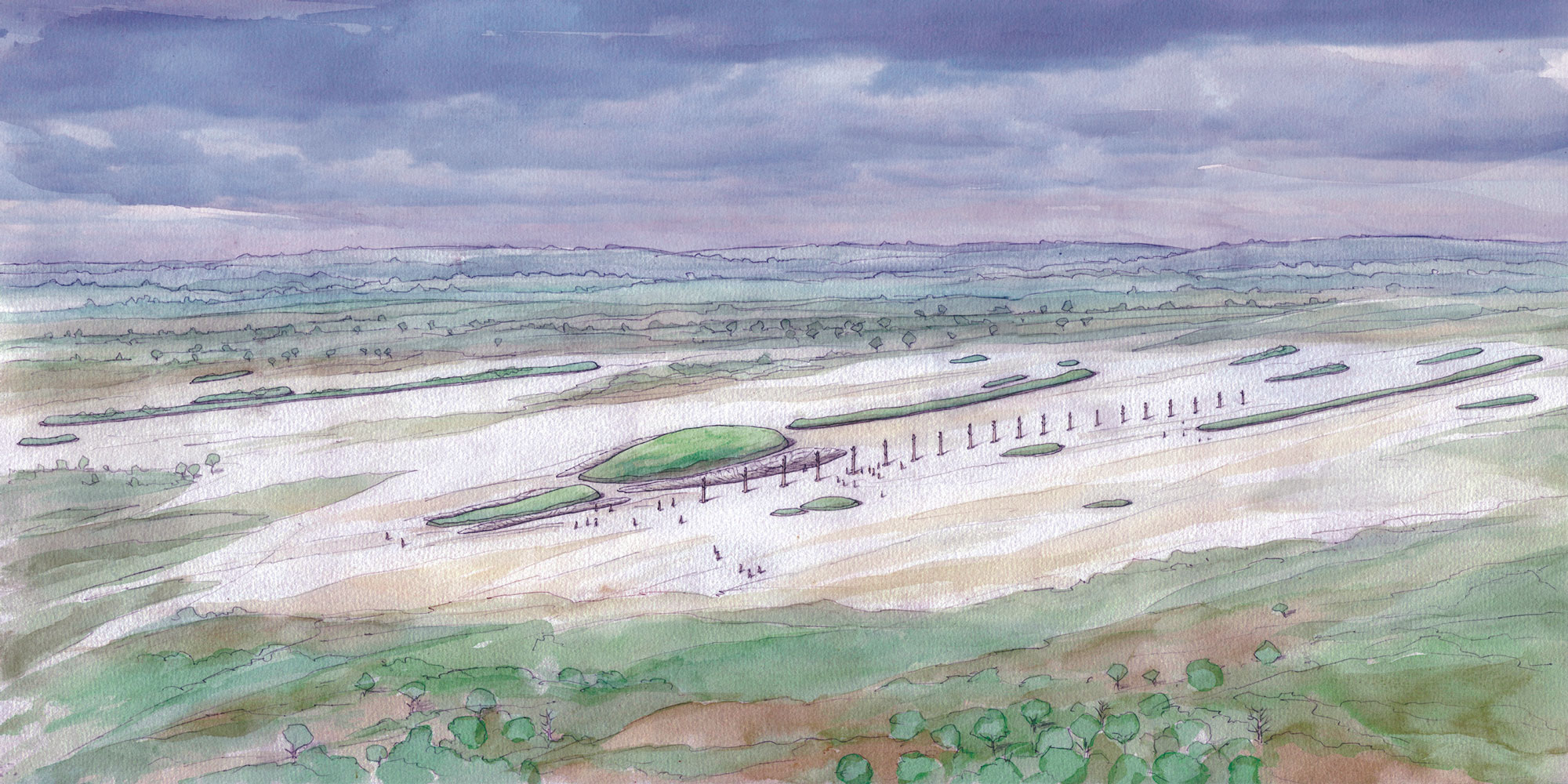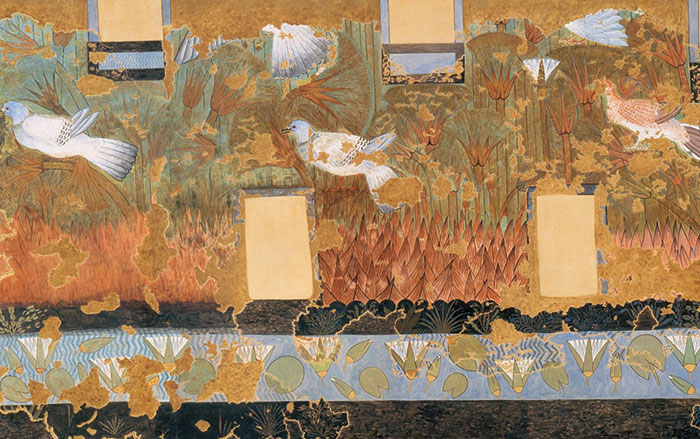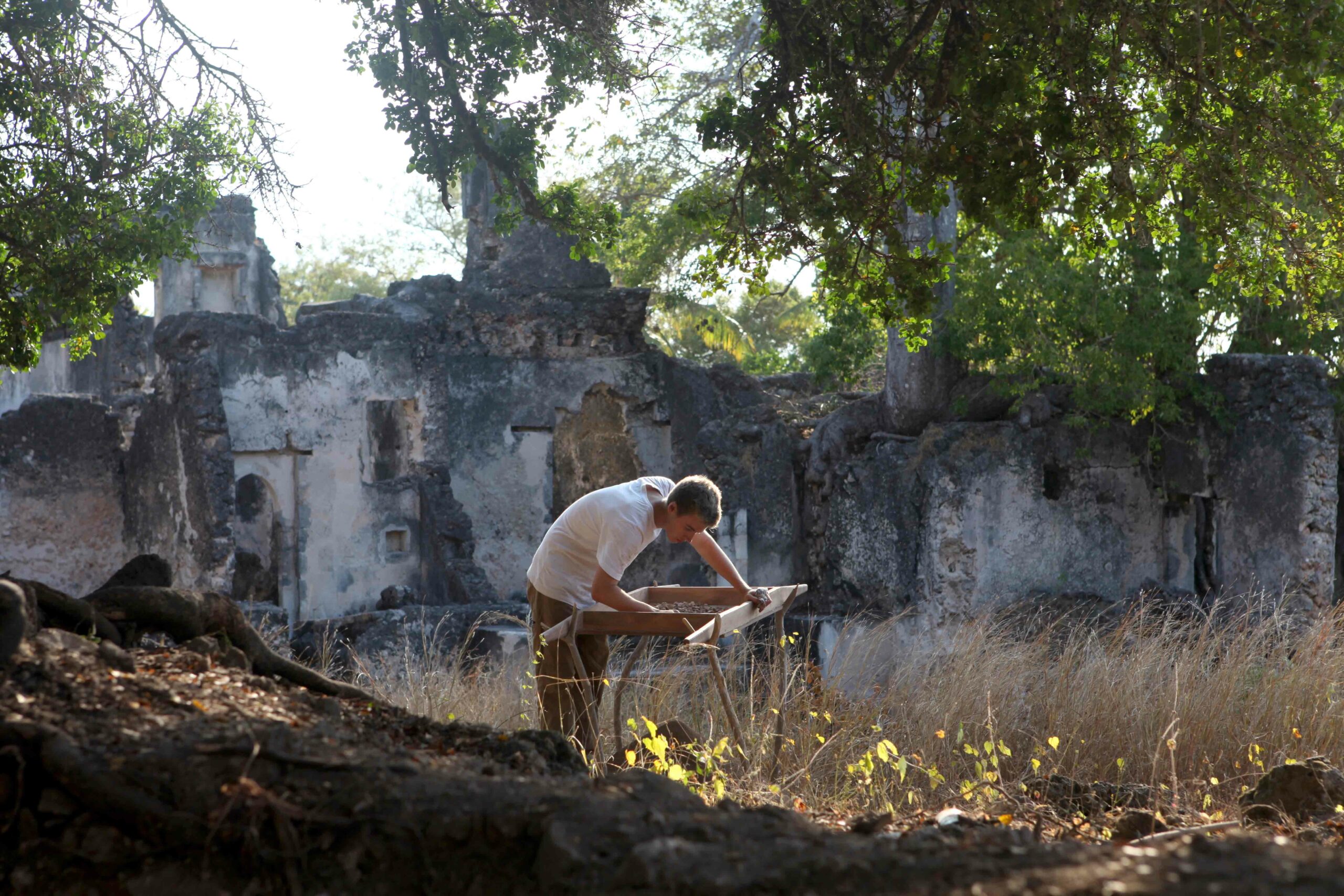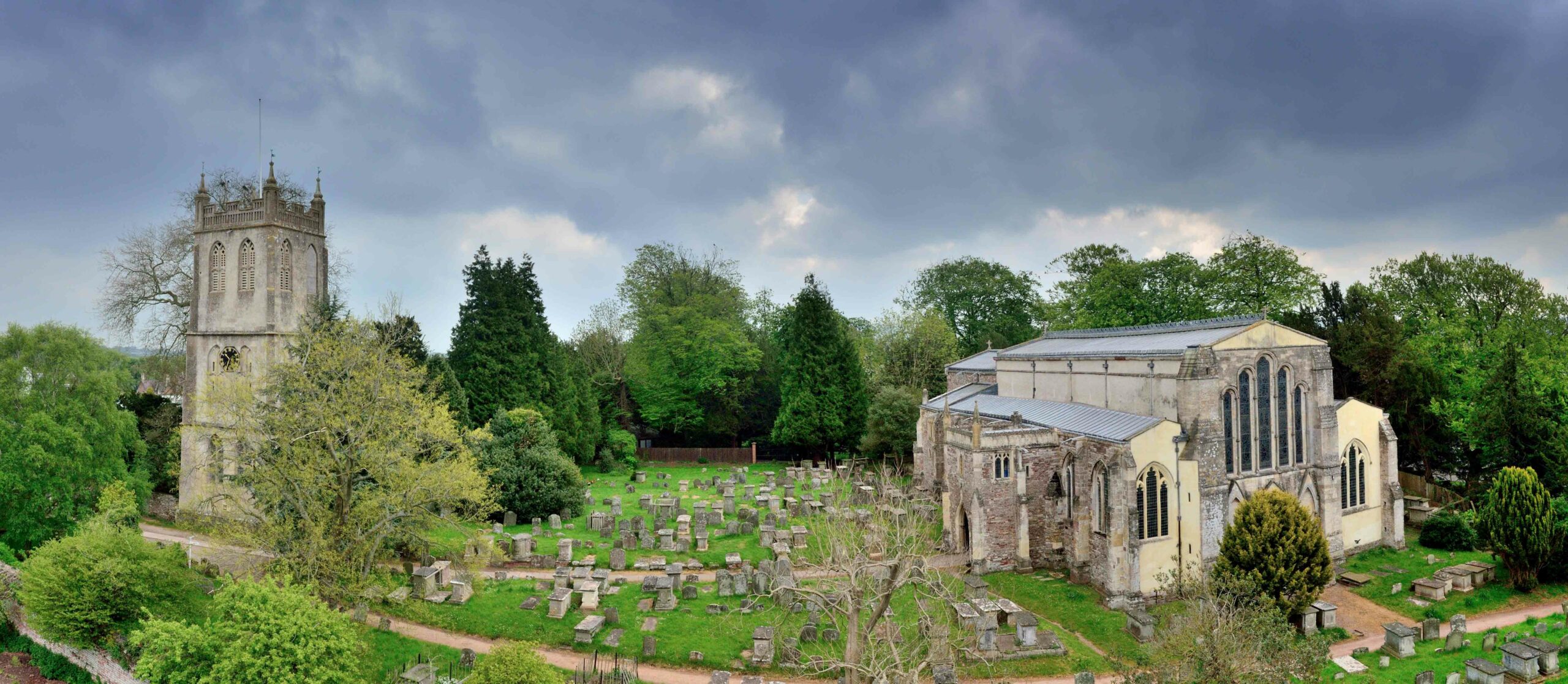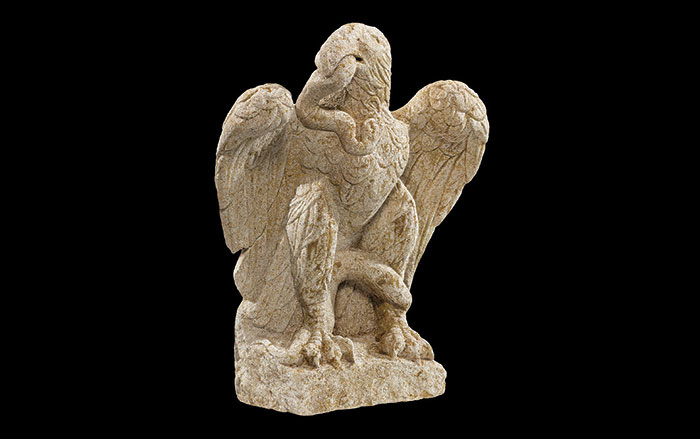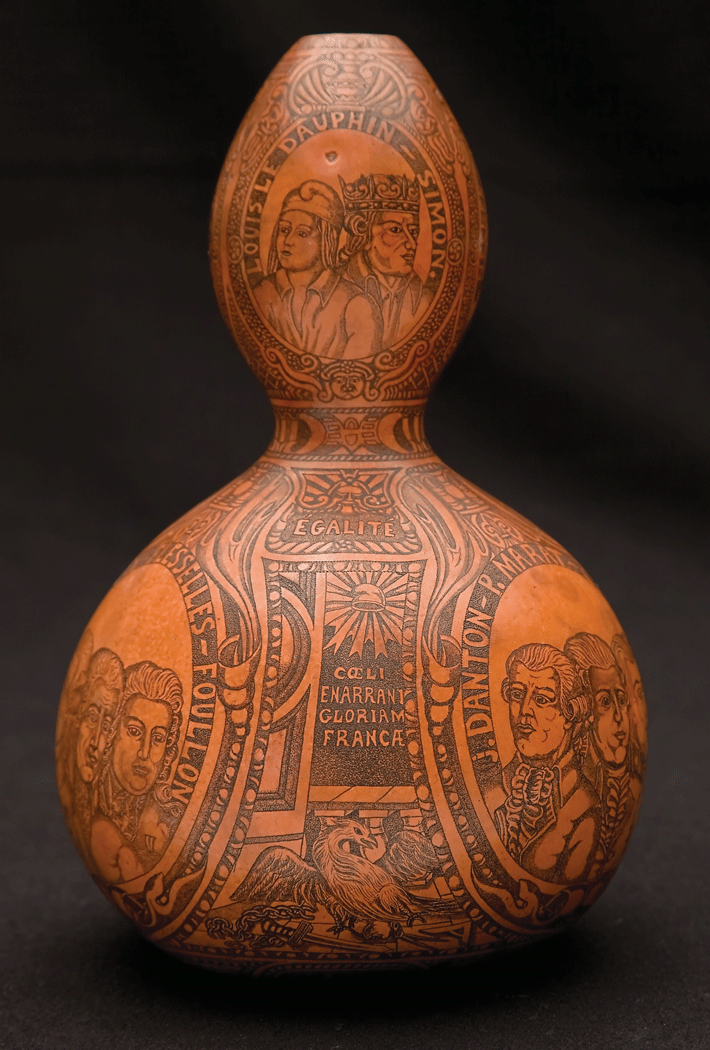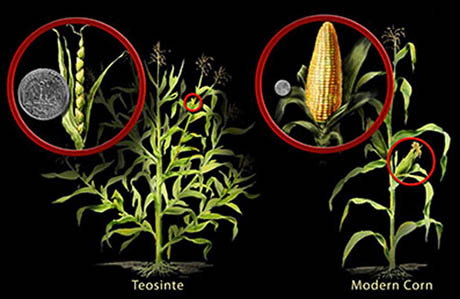
WASHINGTON, D.C.—Today, the ancestor plant of modern corn has many long branches tipped with tassels, and its seeds mature over a period of a few months. But when cultivated in a greenhouse under the environmental conditions of 10,000 to 12,000 years ago, teosinte grows into a something recognizable as a corn plant. “Intriguingly, the teosinte plants grown under past conditions exhibit characteristics more like corn: a single main stem topped by a single tassel, a few very short branches tipped by female ears and synchronous seed maturation,” Dolores Piperno of the Smithsonian’s National Museum of Natural History told Science Daily. The Holocene climate, recreated in the greenhouse, was two to three degrees Celsius cooler than today’s temperatures, and the carbon dioxide levels were approximately 260 parts per million. Current carbon dioxide levels are 405 parts per million. “When humans first began to cultivate teosinte about 10,000 years ago, it was probably more maize-like—naturally exhibiting some characteristics previously thought to result from human selection and domestication,” she said. Piperno and colleague Klaus Winter of the Smithsonian Tropical Research Institute add that past environmental conditions should be taken into consideration by scientists researching evolutionary change and the process of domestication.



